
Two years of pandemic lockdowns and lockdowns have flattened some business sectors, hit several others, but left some largely unaffected. The spirits industry is one of them. The expenditure of European households on the purchase of alcoholic beverages reached 128 billion euros in 2021, i.e. they touched 1% of the GDP of the European Union, according to the data on the consumption expenditure of Europeans announced a few days ago by Eurostat.
2021 was the year that vaccines against Covid-19 were released and the European market gradually began to “open up”. But it was also a year of recession for many European economies.
Alcohol consumption varies from country to country in both quantity and expenditure as a percentage of the household budget. Because it is clear that alcohol is not taxed equally in every EU member state. Which means that higher or lower spending on alcohol between countries should not be interpreted as higher or lower consumption if you compare them.

1.8% of the budget
If one compares the total expenditure for the purchase of alcohol in absolute terms, one finds that the countries with the largest populations reasonably dominate. Thus, German consumers spent a total of 26.8 billion euros in 2021 on the purchase of alcoholic beverages. The French spent 22.7 billion euros, the Poles 11.7 billion euros and the Italians 10.5 billion euros.
As far as the shares of the family budget occupied by the market for alcoholic beverages in the EU are concerned, the differences are reasonably strong due to different taxation or the consumption of tax-free products, i.e. “private production” – something that is certainly prohibited in all member states . The average percentage of their income that European households spend on alcohol is 1.8%.
Heavy drinkers
As can be seen in the table, the Baltic countries, Poland, the Czech Republic and also countries of northern and colder Europe such as Finland are in the first places of the ranking. The spending of the Balkan Croats on alcohol is also noteworthy.
Greece shares with Italy the last place on the table. Greek and Italian households spend just 1% of their income on alcohol. But this does not mean that the Greeks are not heavy drinkers. As far as Greece is concerned, the percentage of expenditure appears low mainly due to the low taxation of alcohol – as well as tobacco products.
It is well known to all Europeans who visit Greece that here they will find the cheapest drinks and cigarettes but also the most expensive milk. In any case, the “golden bottle opener”, as Charles Plantat characteristically writes in “Figaro”, goes to Latvia, where “the population spends 5% of their piggy bank on alcohol”.
Belt tightening
Regarding alcohol sales (for home consumption of course) Eurostat confirmed the inelasticity of the product. Household spending (as a share of the total) in the difficult year of 2021 declined across the board, but not as much as one would expect given the difficult economic conditions.
“Only in Croatia, in 2021, an increase in the percentage of household spending on the purchase of alcoholic beverages was observed. The biggest decrease was recorded in Ireland (0.5%), Latvia and Lithuania (0.4%), Spain and Estonia (0.3%),” notes the official EU Statistics Service.
In Greece, spending on alcohol as a percentage of total family budgets remained unchanged. In our country, however, Eurostat recorded the biggest drop in spending in absolute terms among all 27 EU member states (1.7%). Spending fell by 1.4% in absolute terms in Lithuania and by 1.3% in Estonia, Croatia and Slovenia.
Latest News

Economist: Greece Included in the Best Performing Economies in 2024
Meanwhile, Northern European countries disappoint, with sluggish performances from the United Kingdom and Germany.

EasyJet Expands Its Routes from Athens
The airline’s two new routes will be to London Luton and Alicante and they will commence in summer 2025.

Capital Link Forum Highlights Greece’s Economic Resurgence; Honors BoG Gov Stournaras
Capital Link Hellenic Leadership Award recipient, Bank of Greece Gov. Yannis Stournaras, an ex-FinMin, was lauded for his pivotal role during Greece’s economic recovery

Tourist Spending in Greece Up by 14%, Visa Card Analysis Shows
Greece’s capital Athens emerged as the most popular destination, recording a 17% increase in transactions with Visa cards, surpassing even the cosmopolitan island of Mykonos.

Inflation in Greece Unchanged at 2.4% in Nov. 2024
The general consumer price index (CPI) posted a 0.4% decrease in November compared to the previous month

2024 Christmas Holidays: Extended Shop Hours Schedule
The 2024 Christmas Holidays extended shop hours schedule commences on Thursday, December 12 and runs until the end of the year.
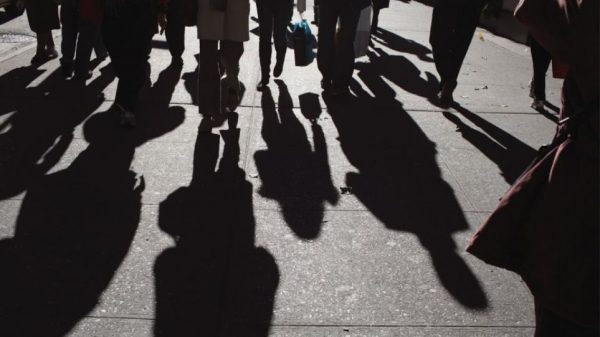
ELSTAT: Seasonally Adjusted Unemployment Down in October
The number of employed individuals reached 4,284,694, an increase of 67,723 compared to October 2023 (+1.6%) and 22,002 compared to September 2024 (+0.5%).
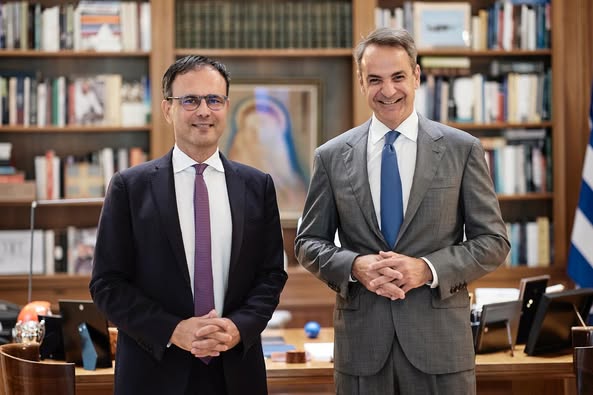
Greek PM’s Chief Economic Adviser Resigns
In the post on his Facebook page, Patelis did not disclose the reasons that led him to step down.

“Masdar Invests in the people of Greece and in the vision of TERNA ENERGY”
Four messages from the CEO of Masdar, the Arab renewable energy giant, after its acquisition of 70% of TERNA ENERGY

Lloyd’s List Greek Shipping Awards 2024: Honors for leading companies and personalities in the Greek shipping sector
20 awards presented at the 21st annual Lloyd's List Greek Shipping Awards

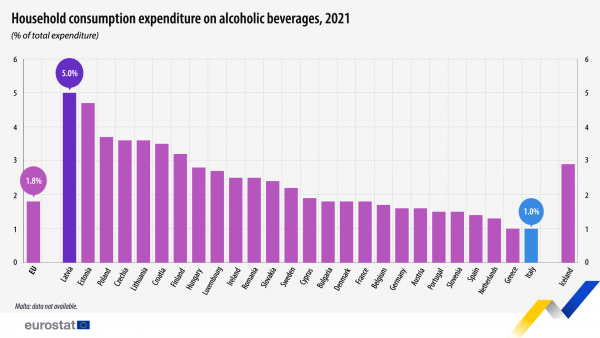


























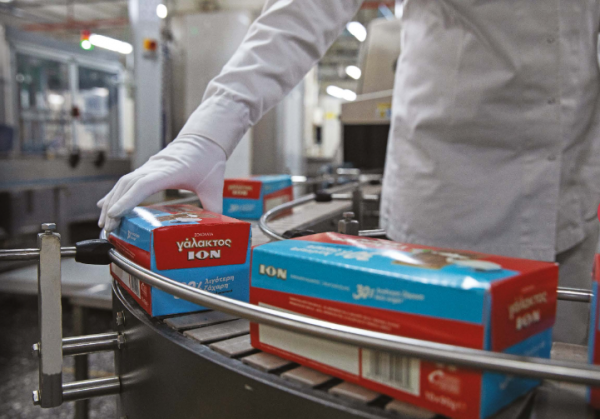
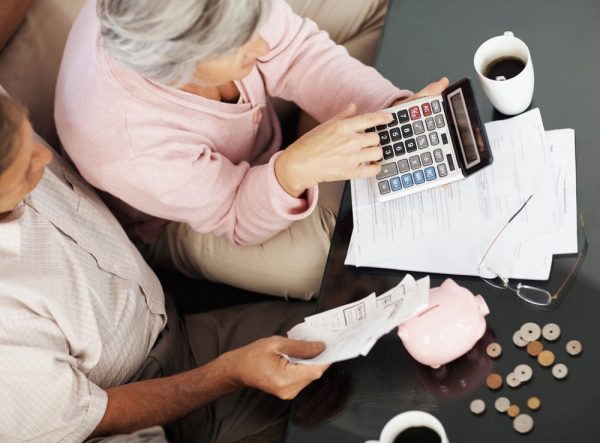
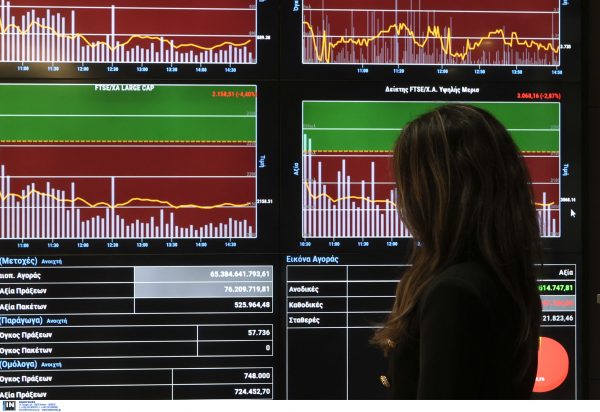
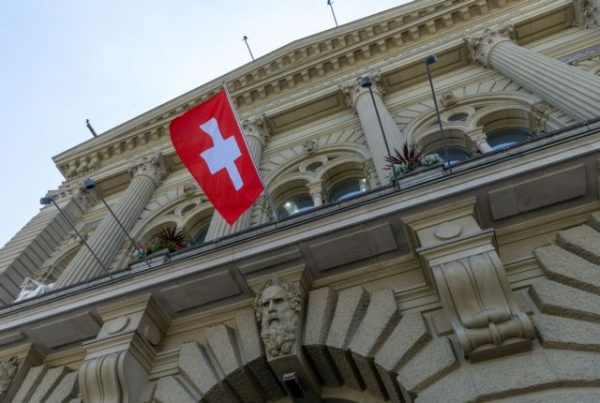

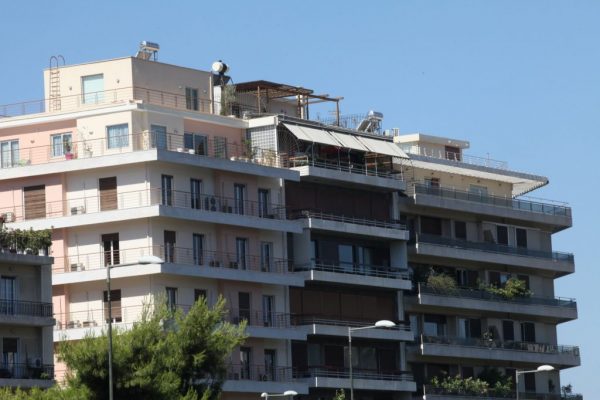
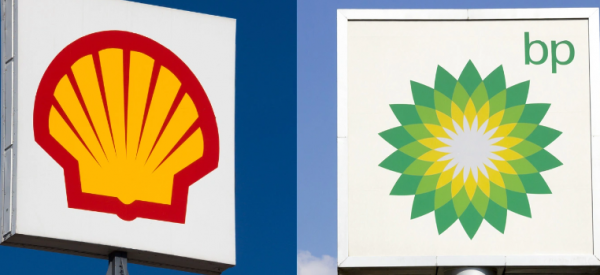
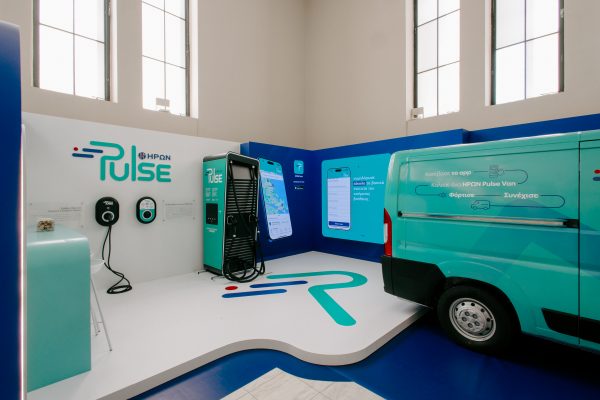






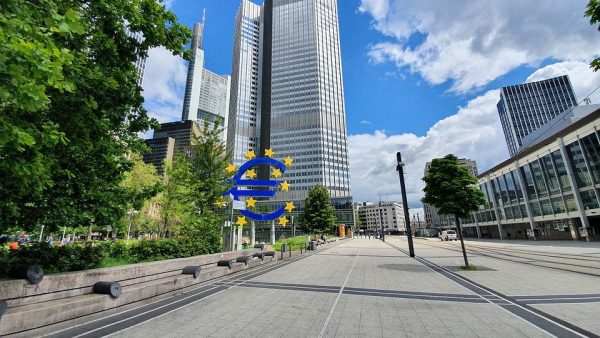
 Αριθμός Πιστοποίησης Μ.Η.Τ.232433
Αριθμός Πιστοποίησης Μ.Η.Τ.232433